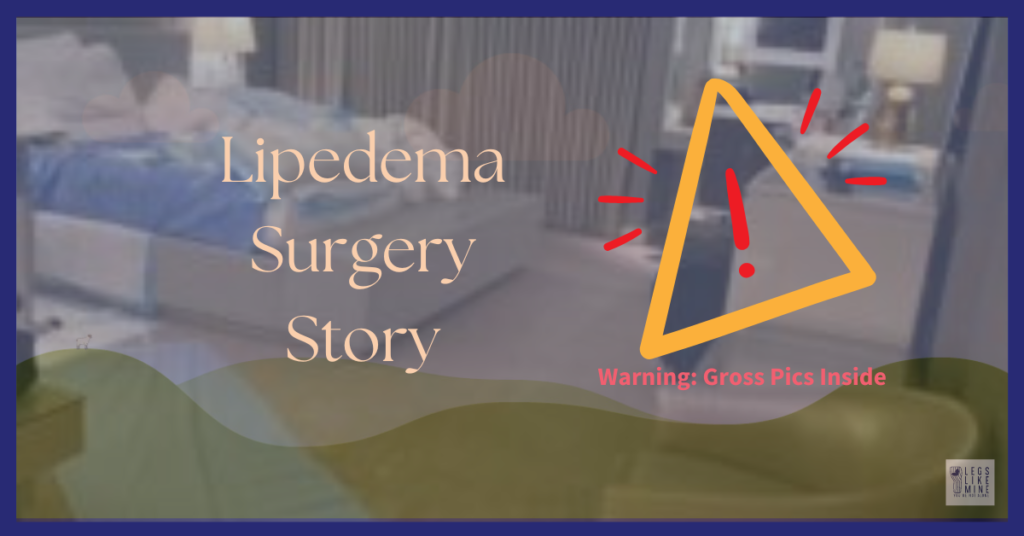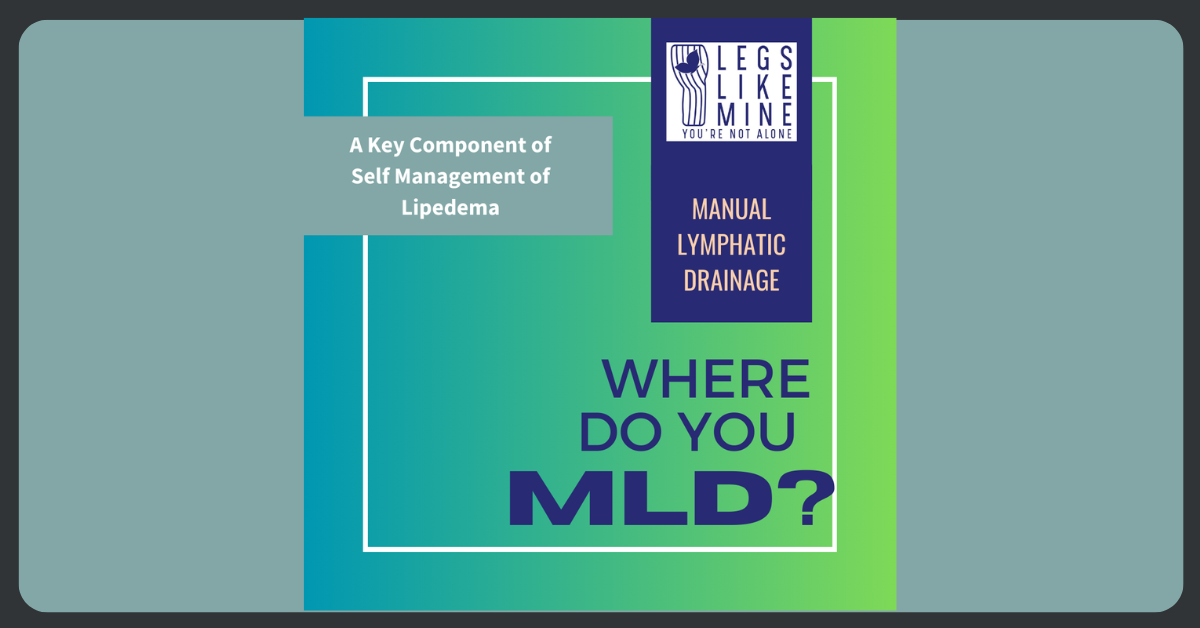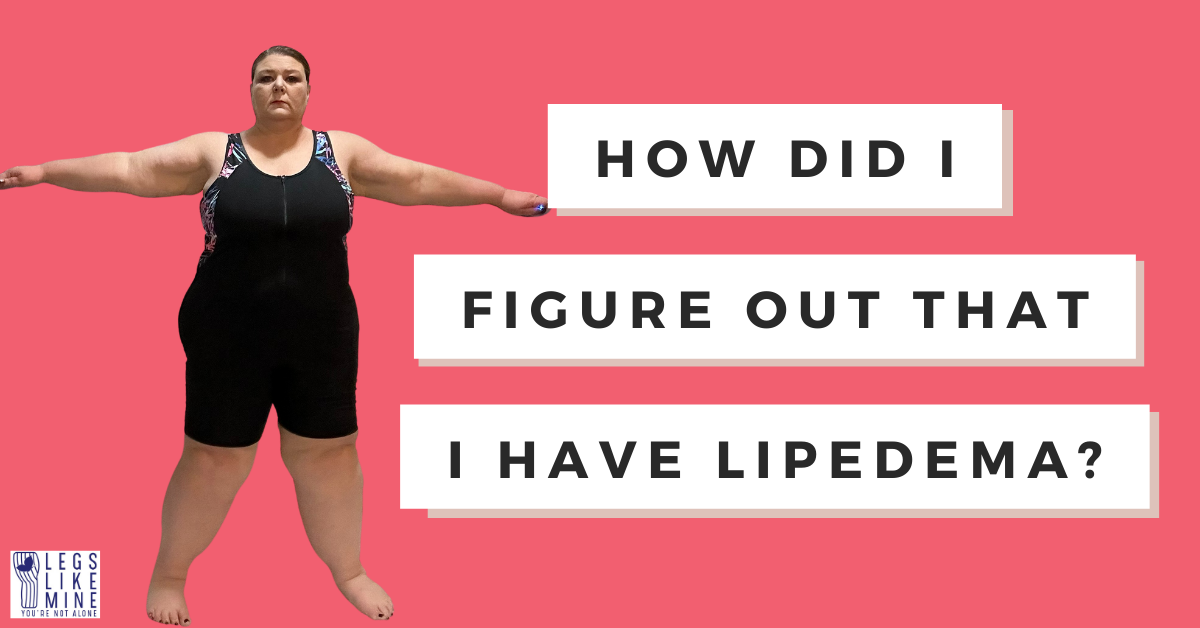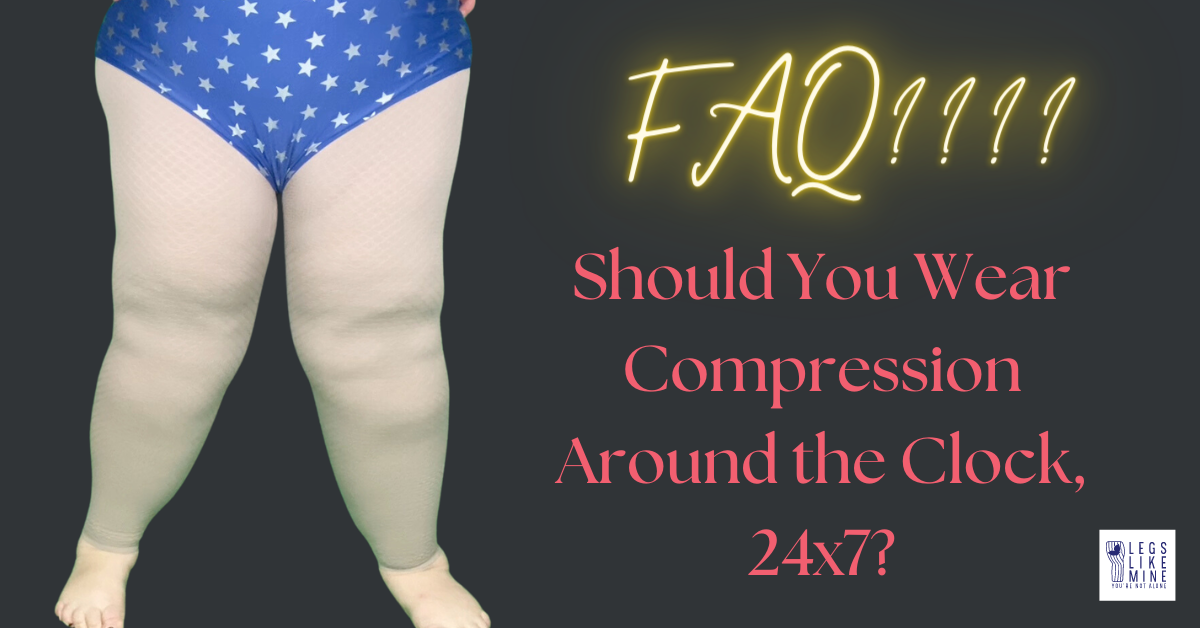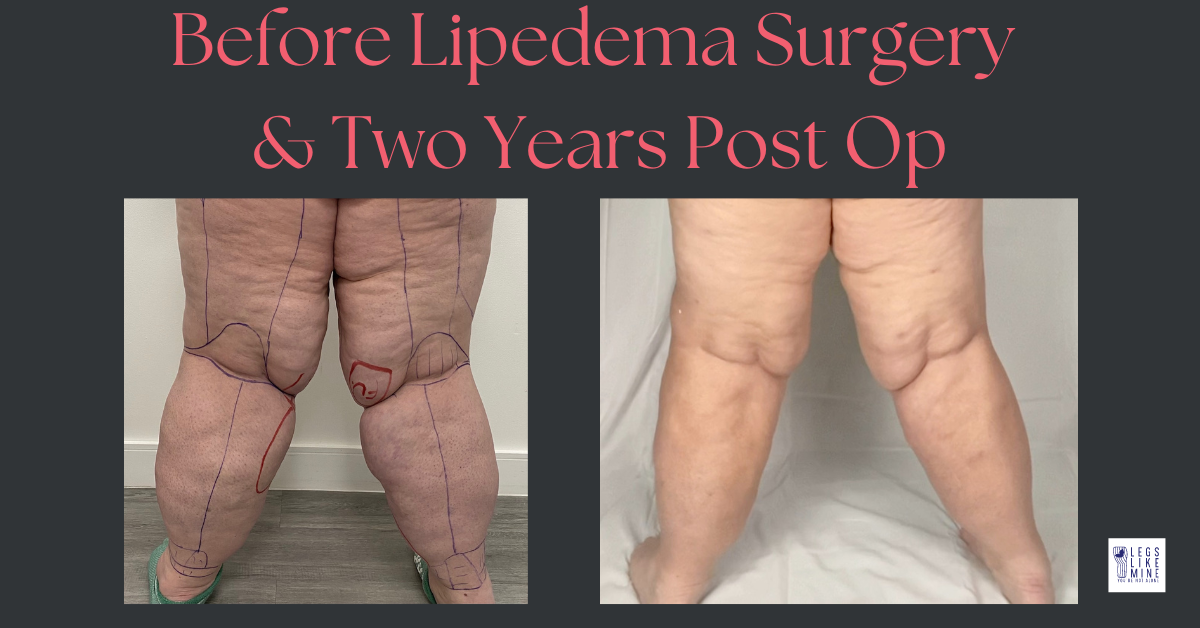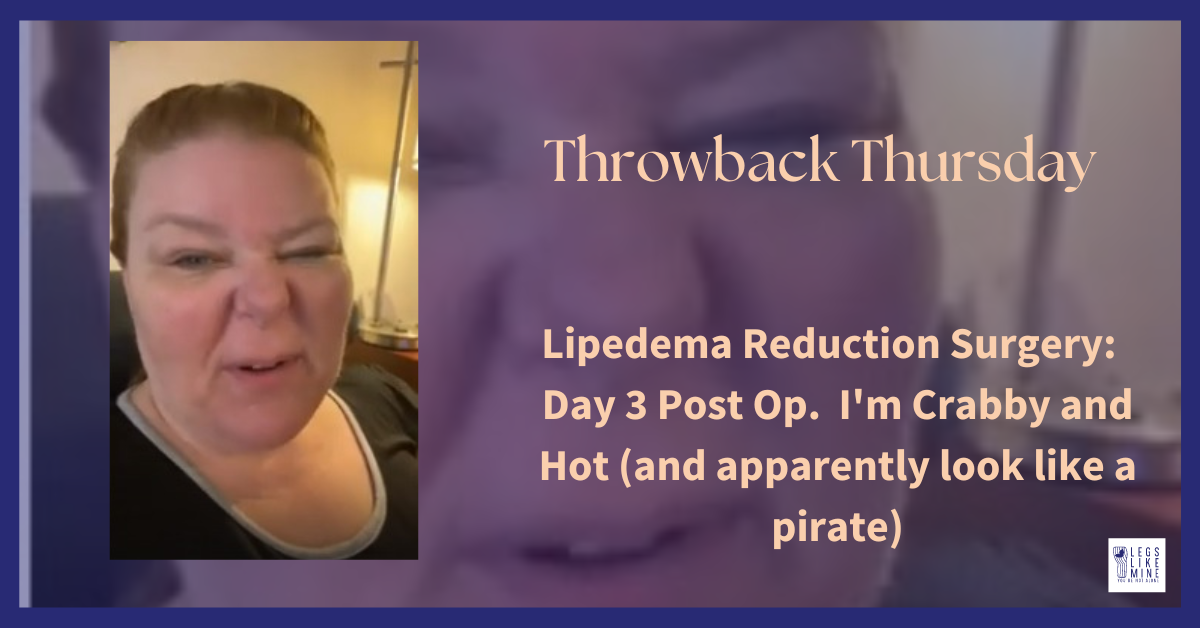WARNING: DO NOT SCROLL IF YOU DON’T WANT TO SEE GRAPHIC PICTURES.
In earlier posts, I shared with you my experiences of prepping for surgery, my surgery day, and staying in a hotel. I think there’s an area that is rarely discussed, but would be helpful for future surgery patients to know about, and that is leakage. I get so many questions about this daily, and don’t feel the doctors have an opportunity to more adequately prepare folks with realistic expectations of post surgery leakage and drains, and how soon they can move about freely without leaking on everything. So I’m helping them out with this post.
During the suction assisted lipectomy, my doctor uses a tumescent fluid, to perform regular liposuction and to break up the lipedema nodules before manually extraction / lipectomy. This fluid has lidocane and epinephrine as well as dilution fluid in it – it is anesthetic and helps shrink the capillaries in the area as well. This stuff is abundantly put in the areas being worked on, and what comes in, has to come out.
When I left surgery, my incisions were mostly covered in steri strips, but several were, I think, open, and had a total of four drains with tubing coming out of the incisions. A reddish to yellowish fluid leaked very heavily from all the openings for about four days after the surgery. And the fluid smells, well, bad. Some patients even describe the smell as resembling cat urine. Anyway, I had compression pants on, with tiny holes cut in them for the drain tubing to come out of, and then the drains were literally wrapped onto my legs, held on with a long-stretch (ace-type) bandage.
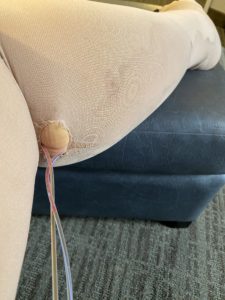

I’m just telling you – the drainage is messy and stinky and a lot, especially if you haven’t researched the surgery and aren’t ready for the fun drainage surprise. I had done research and knew to bring absorbent pads with me, but I wasn’t fully aware of how significant the leakage would be until I was wheeled into my room at the Pearl Recovery Center and saw how they had prepared. And then the pads were all changed every time I got up due to saturation, for two days. Oh my!
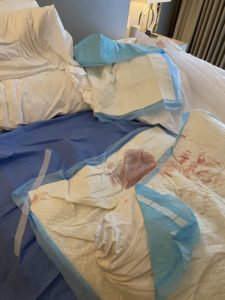

How on earth I had the wherewithall to take this pic right out of surgery, I will never know.
![]() After I’d been at the recovery center for maybe a couple of hours, my ace bandages were fully saturated and the drains were full. My nursing team came in numerous times a day, at first with 16 oz cups and would drain and measure the drain output and then, “milk” the drain tubing to make sure there were no clots or fat chunks keeping draining from freely happening. When I would use the restroom, I had one incision that wasn’t a drainage tube hole that was up by my right hip. I could rub my legs a little bit, and audibly hear the fluid coming up my leg, and then it would pour all over the floor. I felt really bad about this and would clean the floor with toilet paper so the nurses didn’t have to deal with the additional mess. Again, it was a lot.
After I’d been at the recovery center for maybe a couple of hours, my ace bandages were fully saturated and the drains were full. My nursing team came in numerous times a day, at first with 16 oz cups and would drain and measure the drain output and then, “milk” the drain tubing to make sure there were no clots or fat chunks keeping draining from freely happening. When I would use the restroom, I had one incision that wasn’t a drainage tube hole that was up by my right hip. I could rub my legs a little bit, and audibly hear the fluid coming up my leg, and then it would pour all over the floor. I felt really bad about this and would clean the floor with toilet paper so the nurses didn’t have to deal with the additional mess. Again, it was a lot.
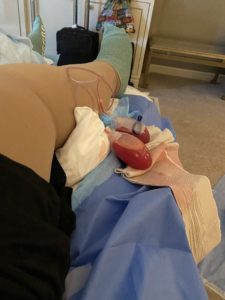
![]()
At one point the nurses decided to wrap my legs with absorbent pads and tape it down, in addition to pads on the beds, the pillows and the floor.

By the end of my second day, the drainage output had slowed from 16 oz cups to little pill cups worth. When I moved to the hotel, I had to wait several hours in the lobby and I think the movement of walking around a lot encouraged more draining. I leaked all over the place and looked like a bloody mess and I had to empty the drains twice in the public area restrooms.
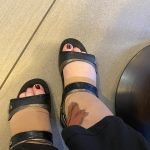
When I got into my room on day 3, I had puppy pads added to my instacart order of food, and I put pads on the bed, my leg elevation pillow and the floor. By Sunday the drainage had stopped and Monday I had the drains replaced with steri strips added to cover the incisions. The grossest part for me was having to empty and milk the drains. There were fat chunks that looked like scrambled eggs in the drains and the tubes, and I surely wasn’t expecting that and surely shouldn’t have looked at, or thought about this as much as I did.
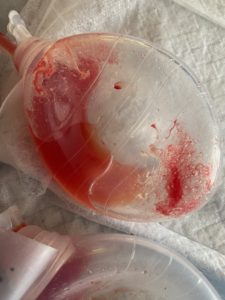
![]()
Sometimes I would get nauseated thinking about it, and I got super nauseated anticipating what drain removal would be like. Sometimes I would go for walks outside and the stupid drains would fall off of the holder I engineered out of tape and drag the ground, then I’d go hide in bushes to tuck everything back in. I’m sure there were Beverly Hills security guards watching me, wondering why I kept hiding in bushes and tucking things in my underwear.
OK, so here’s what I am going to do differently for surgery #2:
- buy a surgical drain holding belt from Amazon and bring that
- not be surprised by the amount of drainage
- some febreeze to spray on my saturated clothes occasionally to hide some of the stink
- bring some giant safety pins in case I need to rig something else up
- bring more absorbent pads in my suitcase. The linked package has 50. You need all 50.
- bring some mentholatum to put on my lip so I smell something stronger when I deal with the drains – I’m seriously squeamish
- bring one more black maxi dress so I can have an extra clean one to change in for public outings
- have manual lymphatic drainage a day or two after surgery to really encourage the draining
- walk a little more on day 2 to encourage draining
- do hyperbaric treatment again to speed healing
For women who unfortunately travel right after surgery, I’d recommend bringing incontinence pads, tape, absorbent pads, and a black maxi dress. Wrap everything up, bring extras of everything in your bag to change at layovers or whatever. Use the wheelchair assistance and sit the pads on your plane seat and wheelchair. You might even bring a light dark colored blanket to cover yourself to hide whatever you can. Remember that you are travelling as a person with a disabling condition and have a right to travel, just don’t leave a mess.
And finally, if you happen to make a mess in your hotel room, like on the sheets or whatever, I think it’d be super nice to clean up what you can, strip the bed and bundle sheets/towels together so the housekeeper doesn’t have as much to do, and tip them well.
